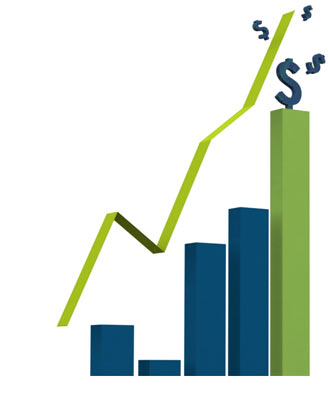Yaymicro have announced that Yuri Arcurs has joined as a contributing photographer, some of his images can be seen here. Yuri is one of the leading microstock photographers and his joining yaymicro is a signal to other contributors.
istockphoto have launched a new premium collection called 'vetta'. Images have been specially selected from uploads submitted by istock exclusive photographers (previously known as the premier collection). The launch of the new collection has coincided with updates to the agencies search engine. Press Release
Both Mostphotos and Featurepics have announced they are developing improvements to their sites and asked their contributors for feedback.
Stockxpert contributors will no longer have the option of selling their images via photos.com following the announcement that photos.com will drop stockxpert in favour of selling images sourced from istockphoto. Last months announcement by istockphoto that it would be reselling images via the former Jupiter sites (incl photos.com) caused concerns that duplicates would be found if the same image had been uploaded to both istock and stockxpert. All the agencies involved are part of Getty images.
Shutterstock generated one of the biggest storms we've see so far in the ranks of microstock contributors when they announced that all non U.S. contributors would need to complete American IRS forms or have up to 30% of their earnings withheld from photos downloaded by non-U.S. image buyers. At last count there were 83 pages(!) of comments on their forum. A further announcement advised contributors to await further instructions on progressing the applications. Regarding the 'forum storm', to paraphrase what I wrote in microstock tantrums, "think carefully before going off like frog in a sock".
 As a photographer you have probably come across the term geotagging before now, a way to describe the location a photo was taken in
As a photographer you have probably come across the term geotagging before now, a way to describe the location a photo was taken in 


